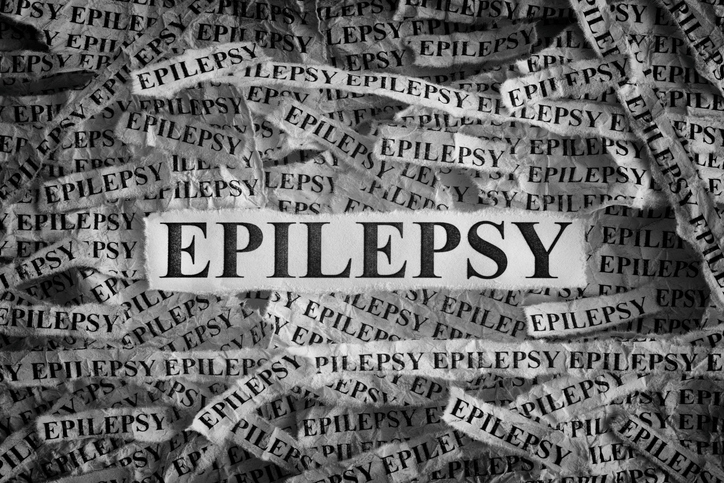Our nurses are the pillars of our community. In addition to meeting the demands of being a caregiver, they wear several hats including that of an educator, nurturer, and comforter.
Not only do nurses care for patients; they provide support to families and loved ones during difficult times.
Our nurses pour their hearts into all aspects of their job, and this is one of the many reasons why we celebrate their accomplishments.
Join us in congratulating Daniel Park, RN for receiving Flushing Hospital Medical Center’s Nurse of the Month.
Meet Daniel:
Q&A:
Q: How long have you been working for FHMC?
A: I have been working at Flushing Hospital for 2 years and 6 months.
Q: On which unit do you currently work?
A: 4 North 2
Q: Why did you want to become a nurse?
A: My father had stomach cancer so, I wanted to have more knowledge about health care and to work in the health care field.
Q: What is the best part of your job?
A: The best part of my job is seeing how happy our patients and their families are when the patients get better and get to go home.
All content of this newsletter is intended for general information purposes only and is not intended or implied to be a substitute for professional medical advice, diagnosis or treatment. Please consult a medical professional before adopting any of the suggestions on this page. You must never disregard professional medical advice or delay seeking medical treatment based upon any content of this newsletter. PROMPTLY CONSULT YOUR PHYSICIAN OR CALL 911 IF YOU BELIEVE YOU HAVE A MEDICAL EMERGENCY.










